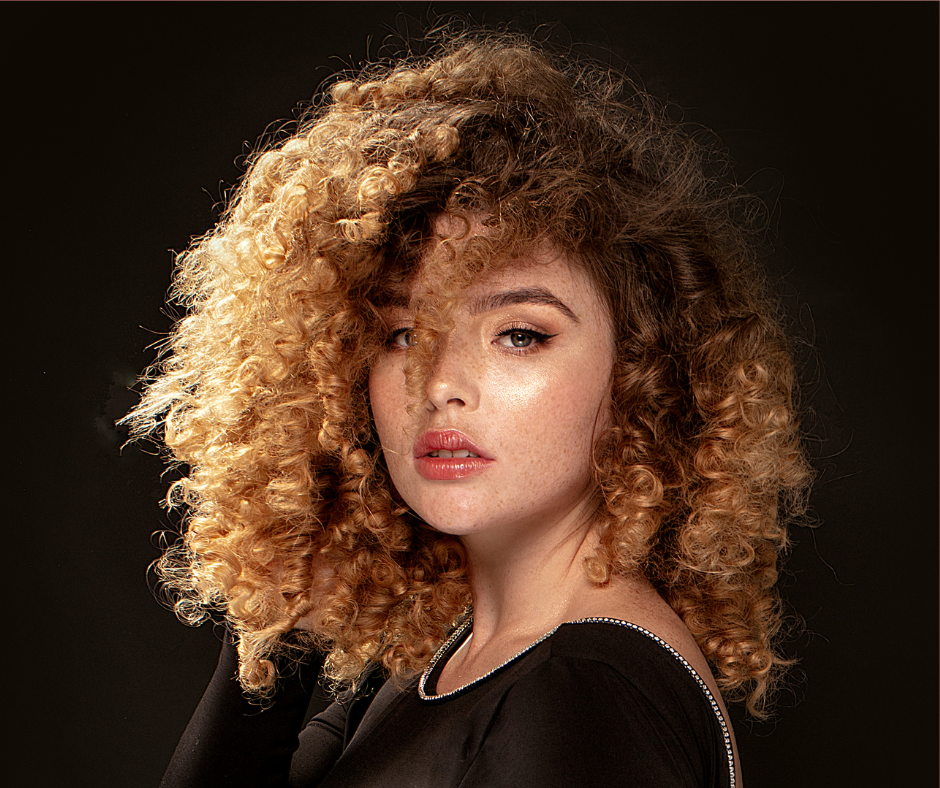What is cowashing? What the heck is a cowash?
Cowashing is simply washing with a conditioning cleanser or a regular conditioner. A cowash is a specially-designed product contains ingredients to both wash and condition the hair.
Let’s talk about the pros and cons of this original method of cleansing curly and wavy hair and go back to the founder of the Curly Girl / Curly Hair Method, Lorraine Massey. She was one of the first to publish about the effects of using a non- lathering, sulphate/silicone free cleanser. This led to the development of her first product line, DevaCurl. Her current products (Curly World) still do not include lathering shampoos, clarifiers, deep conditioners, etc.

Pros of Cowashing:
1. You can wash your hair with any approved conditioner. It does not have to be identified as a “cowash”. Because conditioners are positively charged using cationic surfactants to attach to your negatively charged hair some will always remain.
With due respect to the conversations on water-soluble products…. If your conditioner was actually fully water soluble it would just completely rinse off and you wouldn’t get the benefits of that thin film left behind which makes hair easier to comb/brush (if you do this) and prevents frizz. The point of a conditioner is that some of it remains attached to your hair. There is an article linked below with more information on that. But just using a conditioner of any kind makes for a simple, possibly more cost effective, routine.

2. You can also cleanse your hair with a cowash that contains some cleansing ingredients like coco betaine and cocomidopropyl betaine. This is a nice gentle cleanser, it might lather a little and you should still scrub that scalp. These are a bit better at cleaning your hair and scalp than regular conditioner but are more moisturizing. An example of a product with cocomidopropyl betaine is the Inahsi Naturals Tropical Escape Cowash.
3. If you have particularly dry hair, cowashing can help your hair and scalp retain more moisture which can reduce dryness and itchiness.
4. You may not have to use conditioner after cowashing, cutting out one step in your hair care routine. More about this is included below.
Cons of Cowashing
1. Sometimes cowashing products are too heavy, too creamy or just too much for fine hair. You've probably read in the FB groups, Instagram etc, that not everyone likes to cowash.
2. If you have some scalp issues, cowashing probably won’t work as it is just not enough to get rid of flakes or itch.
3. You won't get a lather. If you would rather have a bubbly shampoo, you won't like cowashing.

4. If your cowash or conditioner doesn’t have any actual cleansing ingredients to get you hair and scalp cleaned you will need to scrub more. Focusing on the scalp is important and so is treating your hair strands gently. You need the friction of scrubbing for 3-5 minutes or less if you are using a scalp-scrubbing tool. The benefit is having one product for cleansing and it can be really moisturizing. A shampoo brush can help with this.
The good news is that with cowashing is you have many options it is not all one way or the other. Some ideas are to alternate it with your lathering shampoo. I like to do this in the cold dry winters as I just find my hair needs that extra cleansing with more moisture.
There are definitely a lot of people who still stay true to what is referred to the strict method (i.e., no shampoo) and others who have added it in because that modification suits them along with their hair and scalp.
So that brings up the final question:
Do you need to condition after cowashing?

If I have used a cowash with no actual cleansing ingredients like As I Am Coconut Cowash, I don’t condition afterwards as my hair just feels like it doesn’t need it.
With something like Jessicurl Hair Cleansing Cream (a stronger cowash) or As I Am Cleansing Pudding you might feel after rinsing that a conditioner is still necessary.
At the close of this article I say try it! Experiment with your existing conditioner or make your next thing to try a cleansing cowash. See what this original method of curly/wavy hair care is all about!
References
H2G2. (December 10, 2002) How Hair Conditioner Works. Retrieved from https://h2g2.com/edited_entry/A851627








